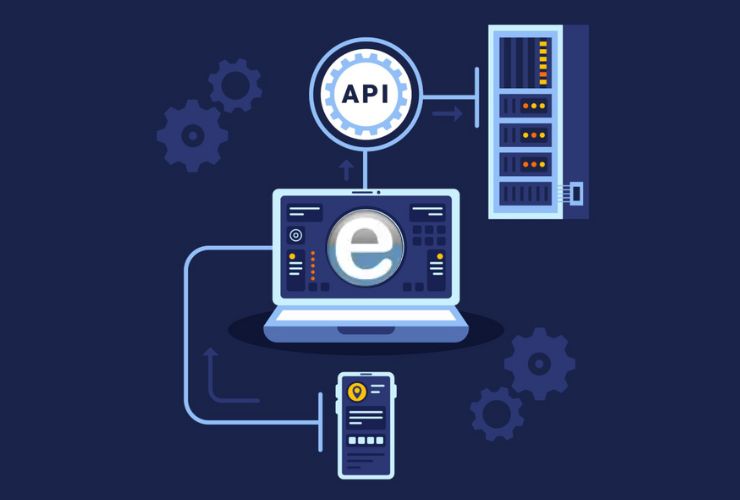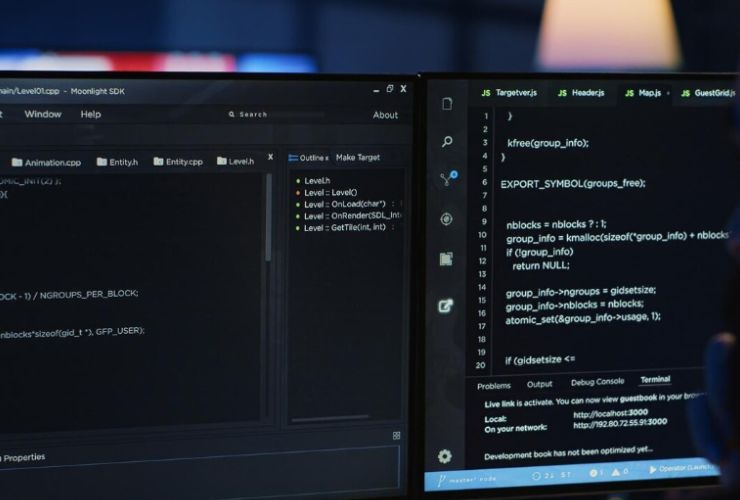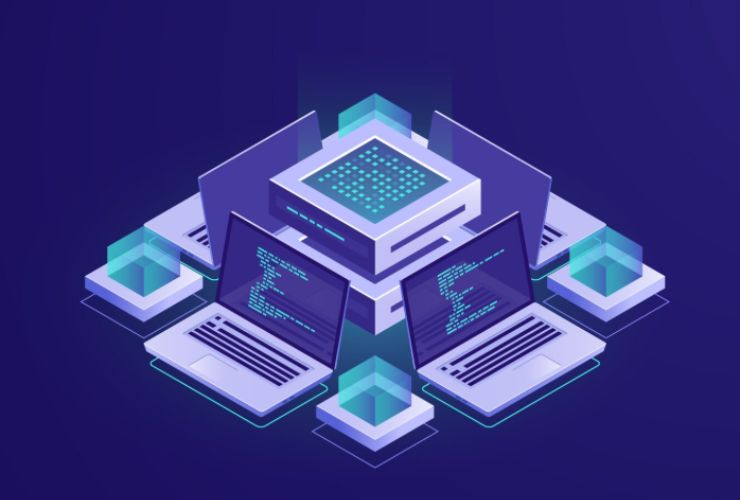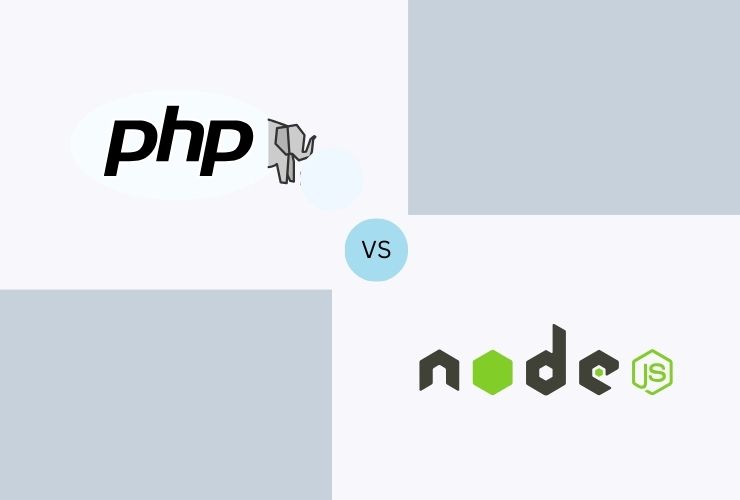In this age of instantaneous communication and interactive web experiences, real-time applications include chat tools, collaborative tools, live dashboards, gaming tools, and IoT systems with the need for low latency, high concurrency and scalable deployments.
With its event-driven, non-blocking I/O architecture, Node.js has become a preferred choice for real-time applications. But building high-performance real-time apps is not just about using Node.js; we must consider optimizing each application architecture layer for performance, reliability, and scale.
Why Does Node.js Lead in Real-Time Applications?
- Event-Driven –- Thousands of simultaneous connections can be efficiently managed to enable real-time communication in Node.js application architecture.
- Non-Blocking I/O –- Database queries, file operations, and API calls can be async-driven allowing even more efficiency and performance and avoiding bottlenecks.
- “Just add another” Microservices –- While microservices architecture is a great deployment technique for applications, Node.js is a great framework for building modular components.
- Ecosystem – Node.js developer tools like Socket.io, Express.js, Fastify, and NestJS provide developer frameworks for all types of communication using web based and real-time performance.
- Universal – Node.js user interfaces and APIs are compatible with nearly any front-end framework, database and third party.
Fundamental Approaches for Scaling Node.js for Real-Time Usage
1. Event Loop Management
- Be careful not to block the event loop when performing synchronous tasks.
- Use async/await or promise to help manage I/O.
- If running into an I/O bottleneck, track event loop latencies using clinic.js or perf_hooks built into node.
2. Efficient Resource Handling
- Make use of connection pooling with databases.
- Make frequent data accessible within Redis or an in-memory cache.
- Monitor memory utilization with processes that run for a long time. Avoid memory leaks.
3. Load Balancing/Clustering
- Utilize Node.js cluster module or PM2 process manager to evenly distribute traffic across the CPU cores.
- Implement reverse proxy (like Nginx or HAProxy) to help your app scale horizontally.
- When deploying services with Node.js, prefer a stateless architecture that limits application scenarios entangled with shared state.
4. WebSockets & Real-Time
- Utilize WebSocket or Socket.io for low latency bi-directional communication.
- Enhance for high concurrency applications with message broadcasting and messaging throttling.
- Consider combining these with publish/subscribe patterns using cevent-driven updates.
5. Database & Queries
- Utilize non-blocking drivers for MongoDB, PostgreSQL, or MySQL.
- Optimize indexes and queries to work below the R/W throughput threshold.
- Consider cache layers (Redis, Memcached) to ease your performance burden on the database.
Typical Issues with Node.js Real-Time Applications
- Managing high concurrency by having thousands of simultaneous connections.
- Memory leak in long-running processes.
- Data consistency across distributed services.
- Unexpected load spikes and traffic bursts.
- Latency in streaming or collaborative applications.
Tips for Making High-Performing Real-Time Node.js Applications
- An asynchronous non-blocking architecture that won’t slow you down.
- Create modular microservices that can be scaled and maintained independently.
- Use caching strategies that lessen the load on your database and speed up response time.
- Use API gateways and message queues to create event-driven architectures.
- Constantly monitor and alert on performance so you may be proactive.
- Optimize your code and manage your dependencies (delete packages, modularize code, keep your dependencies up to date).
Examples of Real-Time Applications Using Node.js
- Chat and messaging applications have to deliver messages with very low latency.
- Collaborative applications enabling the collaboration of documents like google docs in real-time.
- Online gaming, multiplayer games where events have low-latency synchronization.
- IoT dashboards that send alerts and monitor connected devices to achieve real-time monitoring of events.
- Financial trading platforms that provide updates at high frequencies for stock trading or crypto monitoring.
Our Node.js Real-Time Application Services at Empirical Edge
Empirical Edge powers high-performance and scalable Node.js applications that respond instantly with seamless user experiences.
We offer the following products/services
- Custom Node.js Development: Chat apps, collaborative tools, streaming service, dashboards
- Performance Optimization: Event loop tuning, caching, and query optimization
- Scalable Architecture Design: Microservices, clustering, cloud-native
- WebSocket & API Integration: WebSockets, REST, and GraphQL APIs
- Monitoring & Ongoing Support: Monitoring, alerts, and maintenance of your application to ensure high availability
Learn more about our Node.js Development Services
Conclusion
Fast, reliable, and scalable applications with real-time experiences depend on device and network speed, as well as user interactions. However, many downstream factors can impact the performance characteristics of a real-time application: event-driven architecture, utilization of historical data, etc…
Combining event-driven design and architecture with performance tuning of a Node.js application and scalable architecture will better ensure that real-time apps perform as your intended user experiences.
Empirical Edge is ready to power your next application. We embrace the challenges and ability of Node.js, and have real-time optimization strategies that will help you build applications that engage your users, scale seamlessly, and are ready for the future.
Interested in optimizing your Node.js real-time application? Contact Empirical Edge today.














